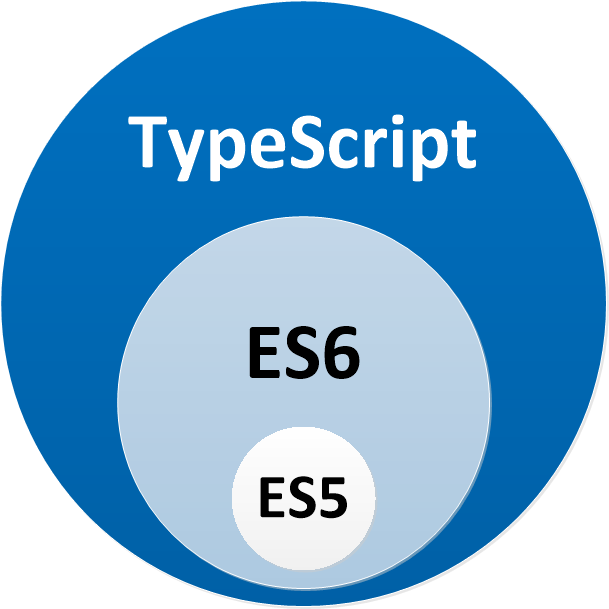sequelize-module
Sequelize-module is a wrapper of sequelize and sequelize-typescript for the Hapiness Framework.
Table of contents
- Using sequelize-module inside your Hapiness application
- Models
SequelizeClientServicefunctions- Mainteners
Using sequelize-module inside your Hapiness application
yarn or npm it in your package.json
// Using NPM
$ npm install --save @hapiness/core @hapiness/sequelize rxjs
// Using Yarn
$ yarn add @hapiness/core @hapiness/sequelize rxjsInstalling peer dependencies
According to sequelize documentation you will need to install at least one of these packages for sequelize-module to work:
# Using NPM
$ npm install --save pg@6 pg-hstore #pg@7 is currently not supported
$ npm install --save mysql2
$ npm install --save sqlite3
$ npm install --save tedious # MSSQL
# Using Yarn
$ yarn add pg pg-hstore
$ yarn add mysql2
$ yarn add sqlite3
$ yarn add tedious # MSSQL"dependencies": {
"@hapiness/core": "^1.3.0",
"@hapiness/sequelize": "^1.0.0",
"rxjs": "^5.5.3",
// + one of these
"mysql2": "^1.5.1",
"pg": "^6.4.2",
"pg-hstore": "^2.3.2",
"sqlite3": "^3.1.13",
"tedious": "^2.1.5"
//...
}
Importing SequelizeModule from the library
This module provide an Hapiness extension for Sequelize.
To use it, simply register it during the bootstrap step of your project and provide the SequelizeExt with its config
@HapinessModule({
version: '1.0.0',
providers: [],
declarations: [],
imports: [SequelizeModule]
})
class MyApp implements OnStart {
constructor() {}
onStart() {}
}
Hapiness
.bootstrap(
MyApp,
[
/* ... */
SequelizeExt.setConfig(
{
dialect: 'sqlite', // 'mysql'|'sqlite'|'postgres'|'mssql'
username: 'username',
password: 'password',
database: 'database',
storage: ':memory:' // Only for sqlite (path of the file or :memory:)
// ...
}
)
]
)
.catch(err => {
/* ... */
});SequelizeExt needs an Option object so you can provide all the properties defined by Sequelize with the minimum of the options below:
interface Options {
username: string;
password: string;
database: string;
dialect: 'mysql'|'sqlite'|'postgres'|'mssql';
}Models
Defining a model
Sequelize-module uses sequelize-typescript so you can define your models with classes in the form of sequelize-typescript models. However, for your Models to be integreted in your Hapiness application you need to decorate it with @TableModel:
import { Model, Table } from 'sequelize-typescript';
import { TableModel } from '@hapiness/sequelize';
@TableModel()
@Table
export class User extends Model<User> { }NB: You need to either name your model's file the name of your +
.ts(hereuser.ts) or you need to export your model as default:export default class User extends...
Injecting a model
To Inject a Model in your application you just need to pass it to the array of declarations of your @HapinessModule.
See examples directory for a basic working implementation. Run it with the command
npm run dev:watch.
SequelizeClientService functions
To use sequelize, you need to inject inside your providers the SequelizeClientService.
class FooProvider {
constructor(private _sequelize: SequelizeClientService) {}
bar(): Observable<string> {
return this._sequelize.instance.model('MyModel');
}
}SequelizeClientService.instance this will return you the sequelize client and you will be able to call on it every sequelize commands (see the reference here)
Maintainers
| Julien Fauville | Antoine Gomez | Sébastien Ritz | Nicolas Jessel | Florent Bennani |
License
Copyright (c) 2017 Hapiness Licensed under the MIT license.


